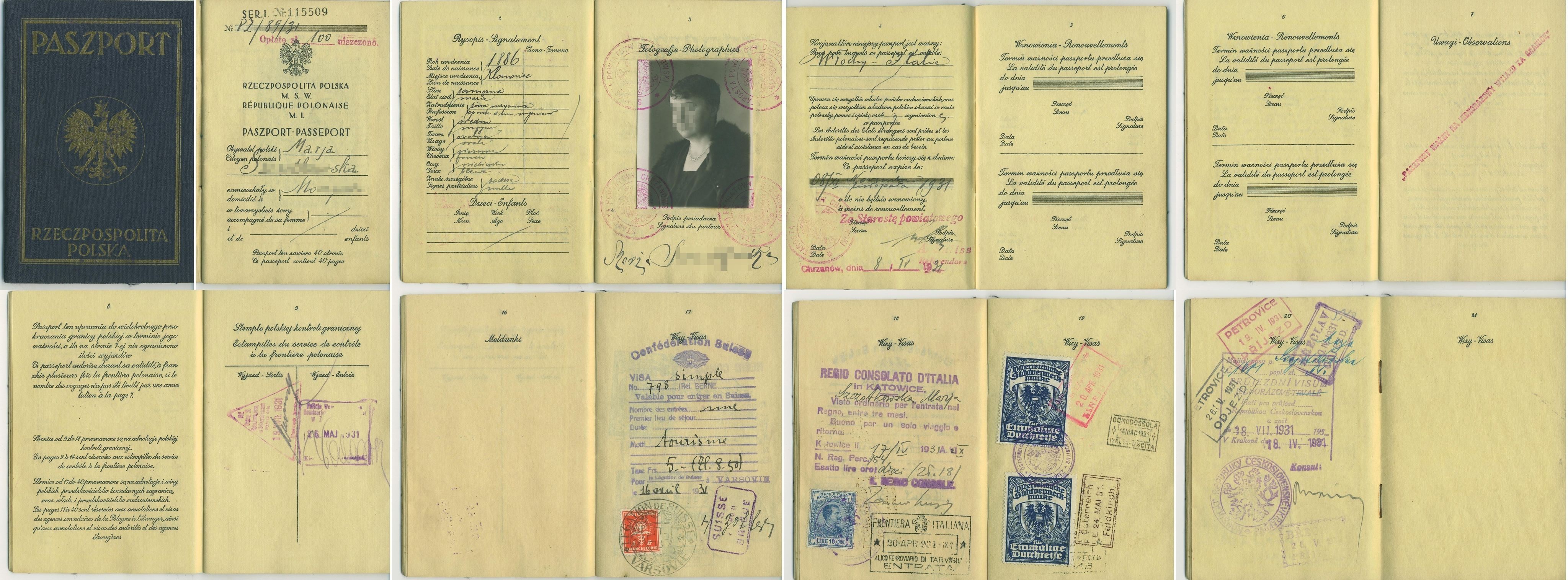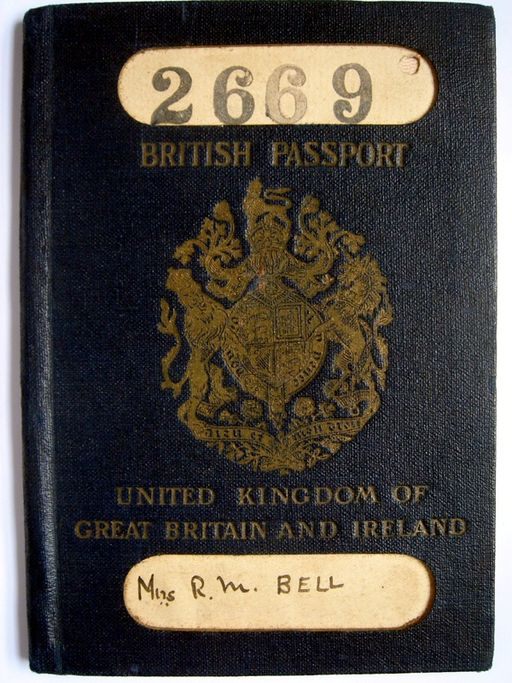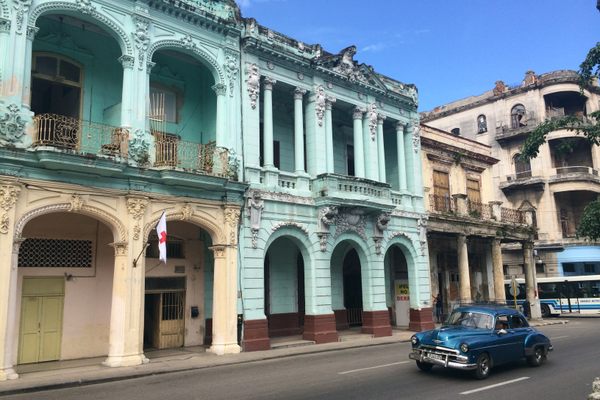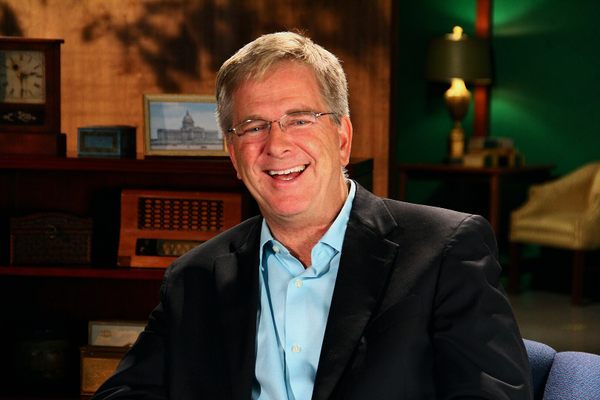Passports Were Once Considered Offensive—Perhaps They Still Are

A passport belonging to Russian-born American ballet dancer Adolph Bolm. (Photo: Library of Congress)
A passport is one of the most powerful documents you can possess. It is also one of the more socially and politically contentious.
The little leather-bound booklets serve to identify us, but they do so in stark, non-nuanced ways that don’t tell the full story of who we are—or may even distort it. They enable mobility but also restrict it, using something as arbitrary as nationality as the determining factor.
Our relationship with passports has always been complicated. For centuries prior to the introduction of the modern passport during World War I, travel documents were generally simple letters of introduction granting special access to society’s elite. They were required of some places, but not others. For a long time, up until the second half of the 19th century, it was legal for a person of any country to go to the French or Belgian consulate and obtain one of their passports for travel. It was a loosely regulated, seemingly arbitrary system.

An Italian passport issued in 1909 to a woman and her son. (Photo: Library of Congress)
By the early 20th century, however, the modern passport was introduced—and soon came to be seen as a document that placed the trustworthiness of an individual in doubt. During World War I, in response to fears about the wrong people crossing the wrong borders, new travel document requirements were introduced to ramp up security and control emigration. This caused consternation among the public. The British became particularly offended when, in 1914, passports demanded written details about their appearance, and soon after, a photograph. These oversimplifications of identity made travelers feel as though they were being treated like criminals, complete with descriptions or mug shots. It was front page news when, in 1919, U.S. President Woodrow Wilson needed to have a passport created so that he could travel to Versailles.
Earlier versions of the passports required that their bearer describe personal features such as height, forehead, and nose (most people listed “average”; a few listed “Roman”). In one case, a man described his face as “intelligent,” only to discover that officials had replaced the adjective with “oval.” This clinical self-categorization was considered a challenge to traditional notions of respectability and privacy. The passport rendered things like reputation irrelevant, deeply unsettling those accustomed to automatic access and privilege. Vocal opponents declared that the passport’s existence implied that the government didn’t trust them, and that the state was taking control over personal identity. The line between identity and identification started to grow blurry.
Over the next several decades, up until the 1940s, the public complained very vocally about what became known as the “passport nuisance.” Major American and British newspapers also ran frequent editorials on the passport, framing the document as an affront to the dignity of the traveler. This was a time when driver’s licenses were still rare; the concept of Social Security only came about in the late 1930s, and in 1942 nearly half of Americans still lacked birth certificates.

The complete passport of a Polish citizen, dated 1931. That photo would not make the cut today. (Image: Julo/WikiCommons CC BY-SA 2.5)
The picture-enhanced passport represented an era of increased bureaucratization and “paperization,” a term used by Craig Robertson, author of The Passport in America: The History of a Document. The passport stood for much more than a booklet for those able to travel. It hinted at a culture of distrust and documentation that was just starting to truly take shape.
Craig Robertson became interested in passports when he came across a 1923 Associated Press story about a Danish man who’d shaved off his mustache. The article reported that guards at the German border had turned the Dane away on the grounds that he did not resemble the mustached man in his passport. The fellow lingered long enough to regrow his mustache, then returned to the border and reclaimed his identity.
“When I read that, it really shocked me,” says Robertson. “It made me realize that when passports emerged they were a new technology and brought with them new understandings of identity, a new form of literacy around documents.”

An 1856 drawing by Bayard Taylor showing an official examining a traveler’s documentation. (Image: Library of Congress)
The introduction of the passport photo in 1914 grew into a contentious issue, and in some ways it caused the greatest discomfort. Writer Paul Fussell, in his 1979 essay “The Passport Nuisance,” describes the passport photo as “perhaps the most egregious little modernism,” a tiny thing that breeds “anxious self-awareness, that secret but overriding self-contempt.” The photo also creates an oddly frozen identity; you may be 24 today, but in your passport photo, you’re still 15.
Passport photo requirements have become much more stringent than they were a century ago, when you’d often see hats, multiple people, or cut-out individuals. In 1920, The League of Nations held the first conference to set passport standards. Now, governments put out detailed lists of rules, specifying permitted accoutrements and facial expressions. So unflattering do passport photos tend to be that there’s an old adage that says, “When you look like your passport photo, it’s time to go home.” (It was even used for the title of a 1992 book.)
In 1957, the director of the U.S. passport office acknowledged that people looked thuglike and abnormal sitting for their passport pictures. Robertson talks about how the photo captured a new anxiety that the state can somehow take control of your identity—a version of your identity disconnected from the local community in which you live.

A 1924 British passport—back when a passport number only needed to be four digits. (Photo: Public Domain/WikiCommons)
“We really see this notion that ‘the state no longer trusts me,’” says Robertson. “It creates that sort of questioning of self, and then questioning of government.”
Fussell writes that for the modern traveler, the passport initiates a moment of humiliation, “a reminder that he is merely the state’s creature, one of his realm’s replaceable parts.” It’s a moment that makes travel a bit less romantic for the privileged—and can make migration next to impossible for refugees.
In 2015, a century after the passport became a “nuisance” to Western society, the Syrian refugee crisis and global fears over terrorism have resulted in increased governmental scrutiny of borders and travel documents. More than ever, individual identity is inextricable from national identity—and the distrust that accompanies such categorization.
“At its core, it’s still this bizarre practice,” says Robertson. “You present a passport, a booklet, and have to prove to the border guard that you are the document. Lots of people assume it’s the other way around,” he says. “It’s this notion that the most authoritative representation of you is not your embodied identity, but the piece of paper.”









Follow us on Twitter to get the latest on the world's hidden wonders.
Like us on Facebook to get the latest on the world's hidden wonders.
Follow us on Twitter Like us on Facebook